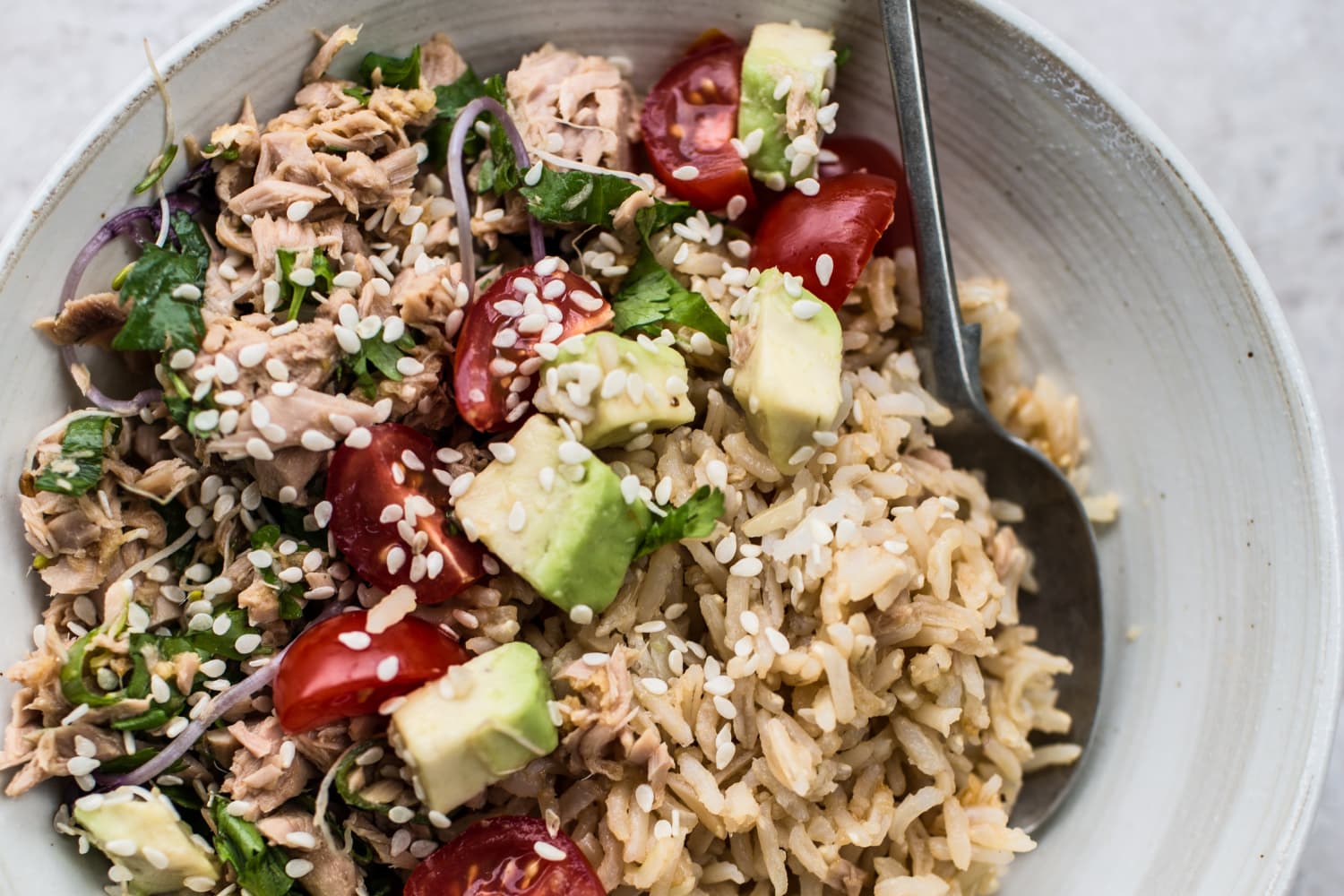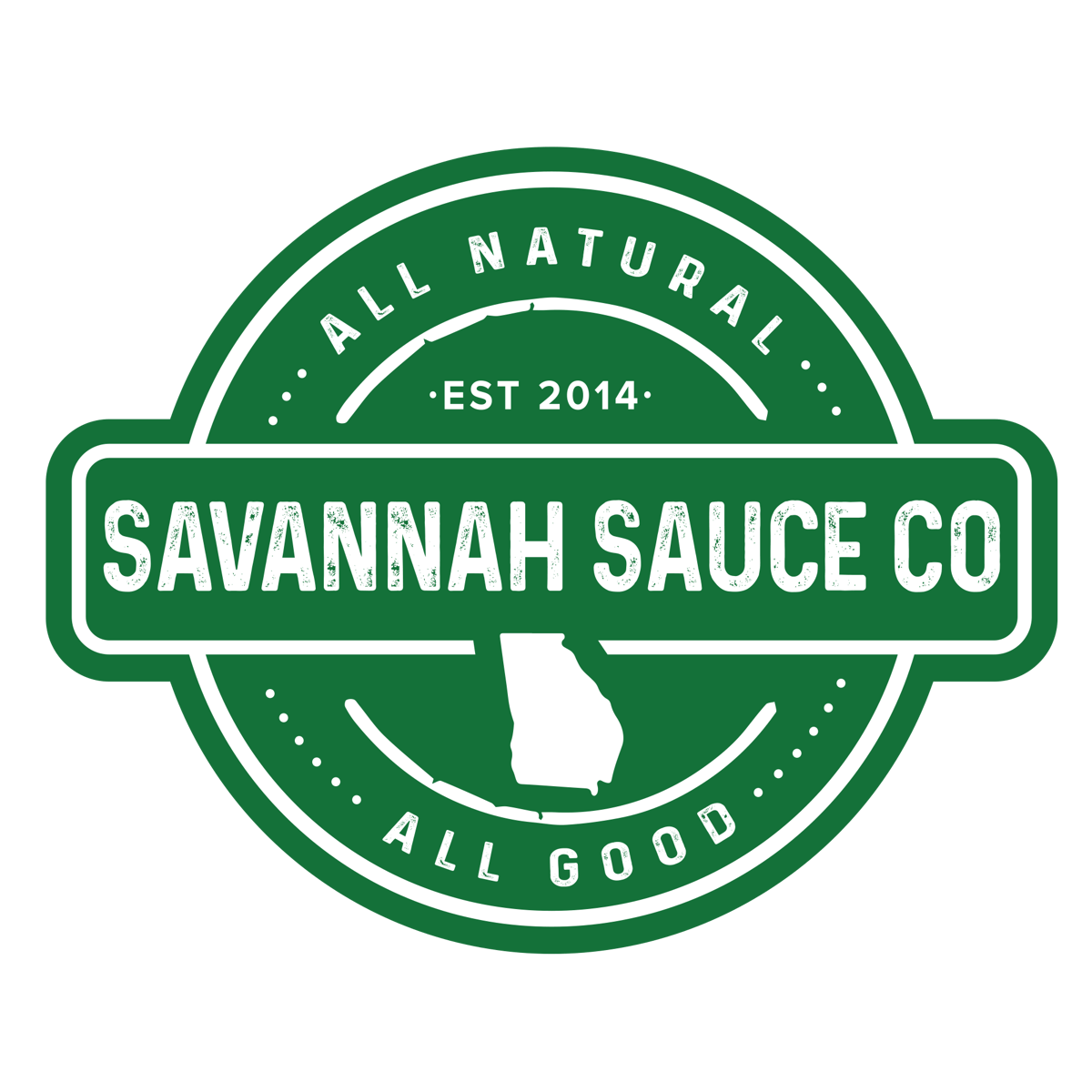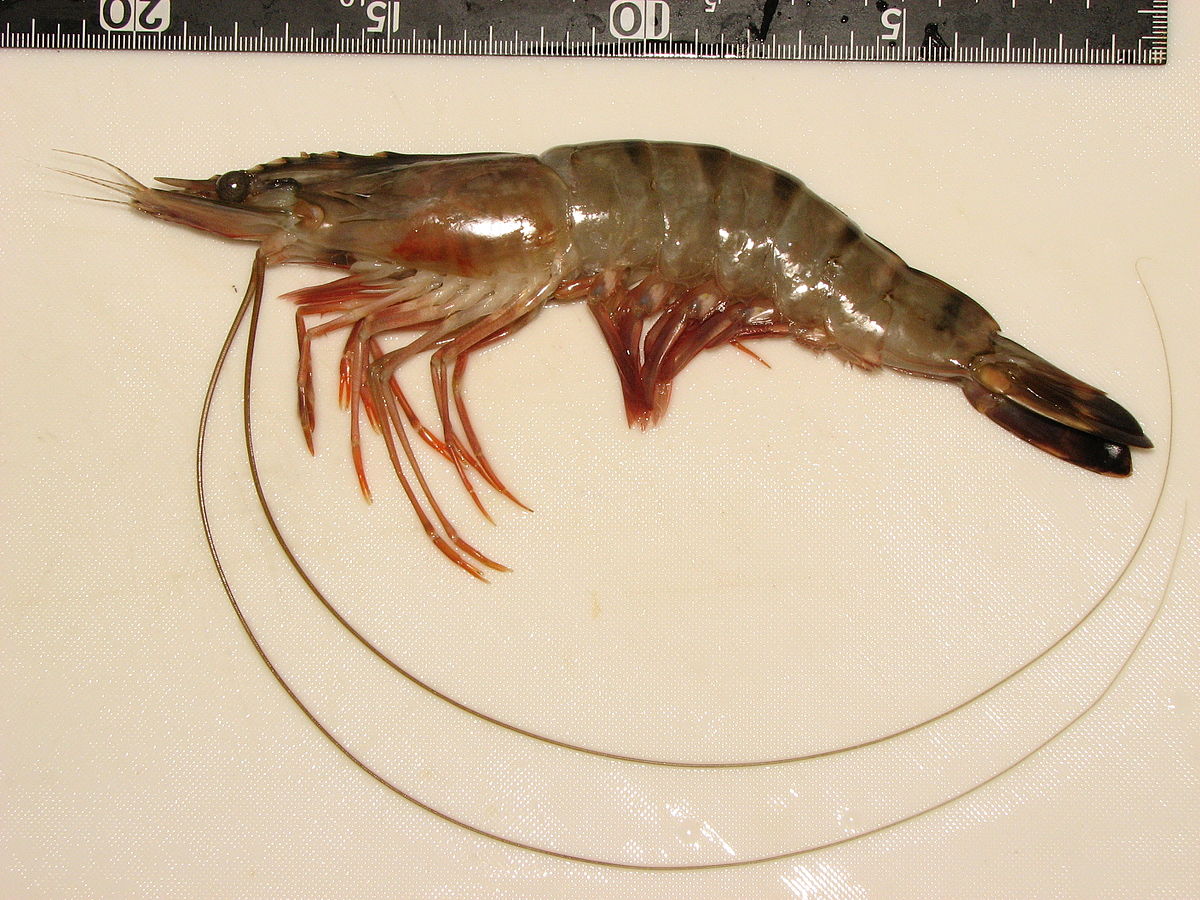Stryder50
Platinum Member
- Thread starter
- #21
Classic Recipe: Marcella Hazan’s Famous Tomato Sauce
It’s extraordinarily simple and minimalist—but it’s very satisfying.
...
When it comes to essentials, like tomato sauce, originality is overrated. Marcella Hazan’s classic tomato sauce is famous and adored, and justly so. Scads of bloggers and food writers have written about it, so I’m just following along. This is one of the best sauces I know, and it only needs four (yes, four) ingredients.
...
:extract_focal()/https%3A%2F%2Fpocket-syndicated-images.s3.amazonaws.com%2Farticles%2F5563%2F1598974697_k_archive_5fd1504a348586329eab0d540c665ba521f89431.jpg)
 getpocket.com
~~~~~~~~~~~~~~~
getpocket.com
~~~~~~~~~~~~~~~
Recipe: Jacques Pépin’s Garlic Chicken Breasts
No breading step, no deep-frying, and no mess required—the ideal chicken nugget.
...
I’ve got a thing for nuggets of crispy chicken. Not necessarily chicken nuggets — although good ones can fall in this category — but chicken that’s been cut into chunks, is cooked until crispy, and takes well to eating in one or two bites. What can I say? I’m just looking for joy in the form of a salty, meaty, crunchy revelation.
...
:extract_focal()/https%3A%2F%2Fpocket-syndicated-images.s3.amazonaws.com%2Farticles%2F5556%2F1598906327_ezgif.com-webp-to-jpg77.jpg)
 getpocket.com
getpocket.com
With my wife having food sensitivity to wheat, we'd substitute with either rice flour or tapioca starch.
It’s extraordinarily simple and minimalist—but it’s very satisfying.
...
When it comes to essentials, like tomato sauce, originality is overrated. Marcella Hazan’s classic tomato sauce is famous and adored, and justly so. Scads of bloggers and food writers have written about it, so I’m just following along. This is one of the best sauces I know, and it only needs four (yes, four) ingredients.
...
:extract_focal()/https%3A%2F%2Fpocket-syndicated-images.s3.amazonaws.com%2Farticles%2F5563%2F1598974697_k_archive_5fd1504a348586329eab0d540c665ba521f89431.jpg)
Classic Recipe: Marcella Hazanâs Famous Tomato Sauce
It’s extraordinarily simple and minimalist—but it’s very satisfying.
Recipe: Jacques Pépin’s Garlic Chicken Breasts
No breading step, no deep-frying, and no mess required—the ideal chicken nugget.
...
I’ve got a thing for nuggets of crispy chicken. Not necessarily chicken nuggets — although good ones can fall in this category — but chicken that’s been cut into chunks, is cooked until crispy, and takes well to eating in one or two bites. What can I say? I’m just looking for joy in the form of a salty, meaty, crunchy revelation.
...
:extract_focal()/https%3A%2F%2Fpocket-syndicated-images.s3.amazonaws.com%2Farticles%2F5556%2F1598906327_ezgif.com-webp-to-jpg77.jpg)
Recipe: Jacques Pépinâs Garlic Chicken Breasts
No breading step, no deep-frying, and no mess required—the ideal chicken nugget.
With my wife having food sensitivity to wheat, we'd substitute with either rice flour or tapioca starch.





:extract_focal()/https%3A%2F%2Fpocket-syndicated-images.s3.amazonaws.com%2Farticles%2F5574%2F1599052826_k_archive_ea4c674a5948060dad2fa3fbd33d7b6fbc970ce3.jpg)


:max_bytes(150000):strip_icc()/GarlicButterShrimp-56_preview_scale_100_ppi_150_quality_100-e76191398df9483ebb8874ec8e374890.jpg)
